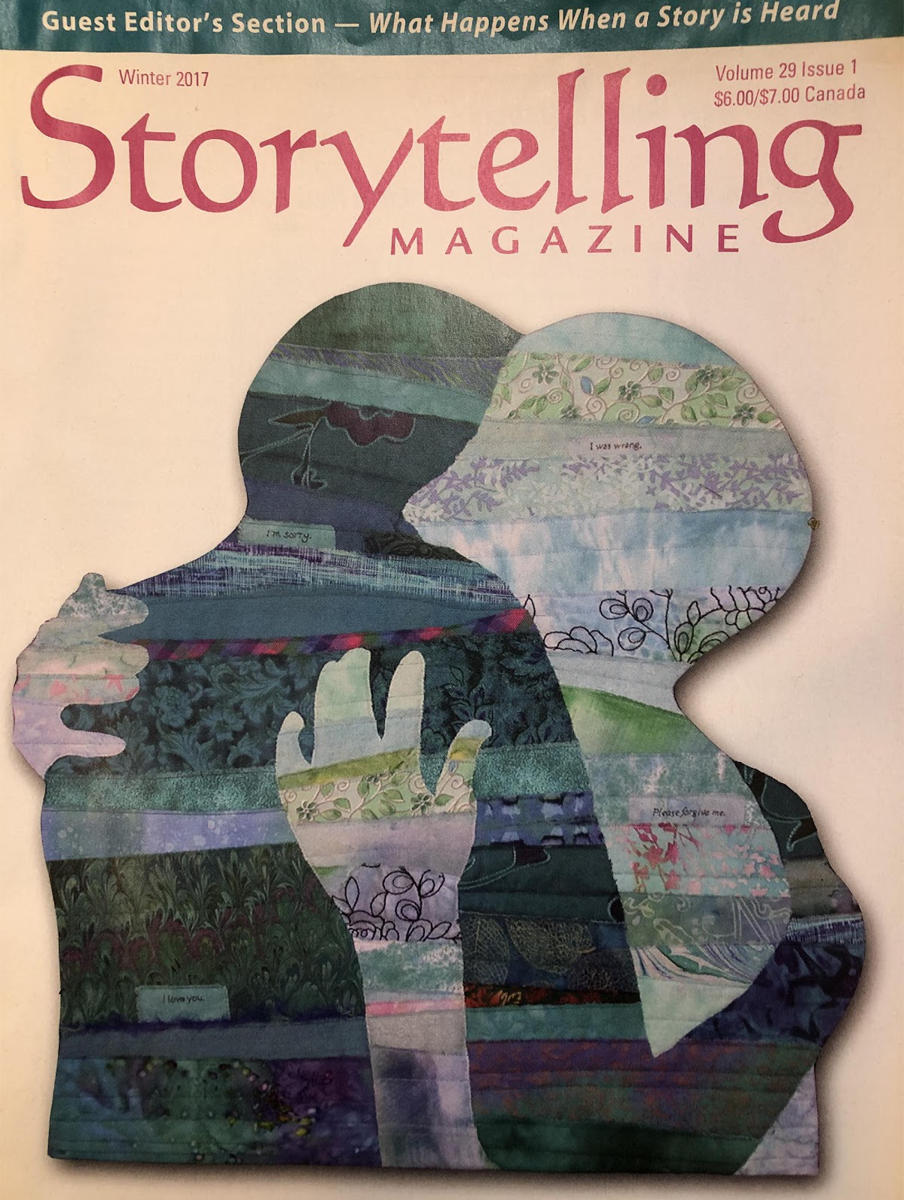Articles

TELLING STORIES: HOW LEADERS CAN INFLUENCE, TEACH, AND INSPIRE
Part of the work of a leader is to influence—to teach, convince, and inspire those around them. That includes their staffs, their stakeholders, and their organization’s customers. Leaders have many forums where they can assert their influence, from casual encounters to “management by walking around,” from presentations at meetings to mentoring and coaching, and even within formal learning programs. Whatever the mechanism by which it’s delivered, however, influence doesn‘t come about just through conveying information or reciting facts and figures listed on a PowerPoint slide. Leaders influence when they reach people in ways that help them to understand, enable them to remember, and inspire them to act. Influence is about changing ideas AND changing behaviors. It’s what leads learning to be sustainable. It’s also where storytelling comes in. Read the rest of the article here

WHAT MAKES STORYTELLING SO EFFECTIVE FOR LEARNING?
Telling stories is one of the most powerful means that leaders have to influence, teach, and inspire. What makes storytelling so effective for learning? For starters, storytelling forges connections among people, and between people and ideas. Stories convey the culture, history, and values that unite people. When it comes to our countries, our communities, and our families, we understand intuitively that the stories we hold in common are an important part of the ties that bind. This understanding also holds true in the business world, where an organization’s stories, and the stories its leaders tell, help solidify relationships in a way that factual statements encapsulated in bullet points or numbers don’t. Read the rest of the article here

THE SCIENCE BEHIND THE ART OF STORYTELLING
We’ve all listened to (and suffered through) long PowerPoint presentations made up of bullet points – bullet points that may be meaningful to the presenter, but lack the same punch for the audience. Even if the presenter is animated, when we hear information being ticked off like this, the language processing parts in our brain, known as Broca’s area and Wernicke’s area, get to work, translating those bullet points into story form where we can find our own meaning. The problem with this, however, is that the story we come up with in our mind may not be the same one the speaker is intending to convey through data. Read the rest of the article here

Why Something You Loved As A Child Is Your Key To Success Today
We hear a lot about storytelling these days. Companies are hiring storytelling experts to help them engage customers. Leaders are bolstering their storytelling skills to engage their teams. Career-minded professionals are seeking out the ideal formula for building and delivering a powerful story. Yet effective storytelling requires a lot more than plugging content into a formula. To truly understand the power of story and all its business applications, I reached out to one of the world’s leading experts in story, Lani Peterson. Read the rest of the article here

What Happens When A Story is Heard
From Storytelling Magazine, Volume 29 Issue 1 Winter 2017
For the past fifteen years I have had the privilege of being a “story midwife” to people whose marginalized stories might never have reached the airwaves. Through my ten years of work with Boston City Mission’s Public Voice Program: Storytelling for Social Change, I have witnessed tellers grapple with their personal stories of being in prison, being homeless, of dealing with poverty, violence, and racism. I’ve watched them emerge from isolated places of shame, anger, and despair to find renewed inspiration, peace, and empowerment. These courageous storytellers have become my teachers. They have helped me to expand my storyteller identity to include story listener, and realize the depth of healing, transformation, and change that can occur when previously concealed stories are shared, heard, and valued. Here’s some of what I have learned. Read the rest of the article here

Integrating Appreciative Inquiry with Storytelling: Fostering Leadership in a Healthcare Setting
During a two-day leadership conference, employees of a large urban medical center integrated Appreciative Inquiry and storytelling. As participants opened to each other’s stories (why they had chosen the medical profession, what was the best of what they did and what the underlying values that supported positive outcomes and experience were) perspectives shifted. Participants worked towards a shared vision, motivating them toward a renewed sense of purpose, a deeper connection to colleagues and a sense of mutual empowerment. Read the rest of the article here
The Public Voice Project: Creating a Storytelling Program with the Formerly Incarcerated
(Published in Diving in the Moon Journal, Issue 5, Summer 2008)
In November of 2004, City Mission Society in Boston launched the first Public Voice Project (PVP), bringing together seven formerly incarcerated men over the course of four evenings to learn about the effects of storytelling. Working with storytelling coach Lani Peterson and public speaking coach Carla Kimball, the overall hope was that the process could be as helpful to the ex-offenders as the content could be to the public forums where they were invited to tell their stories. Through re-visiting and telling the stories of their journeys through the penal system and after, these men could impact policy reform while gaining increased self-awareness, confidence, and ability to positively present themselves to prospective employers, landlords, and future colleagues. Read the rest of the article here

How Stories Transform Our Lives: A Conversation with Lani Peterson
By Val Walker
Within my workshops I encourage participants to look at their stories from all different angles, not trying to change their story, but to expand it such that it can hold more of themselves. Patient stories are about so much more than coping with illness; they are about their identity and sense of belonging in the world. Doctors and nurses are dedicated to curing disease, but healing can happen without a cure. Healing is often connected to the stories we (and others) tell about ourselves. The wonderful thing is that we have so much control over that. Whether someone is challenged by an illness, recovering from a trauma, or coping with a loss, the stories we tell about our experiences and the meaning we make of it can be the beginning of reclaiming our lives. Read the rest of the article here
Getting Beyond the Wall: Public Voice goes behind the wall with a 12-week storytelling curriculum
(Article in Northeast Storytelling Museletter 05.2019)
“I want the incarcerated to move beyond the perpetrator role they are cast in and feel empowered to envision a new and powerful story for themselves.” That began my own journey of putting pen to paper to create the 12-week storytelling curriculum, “Getting Beyond the Wall”. Read the rest of the article here
